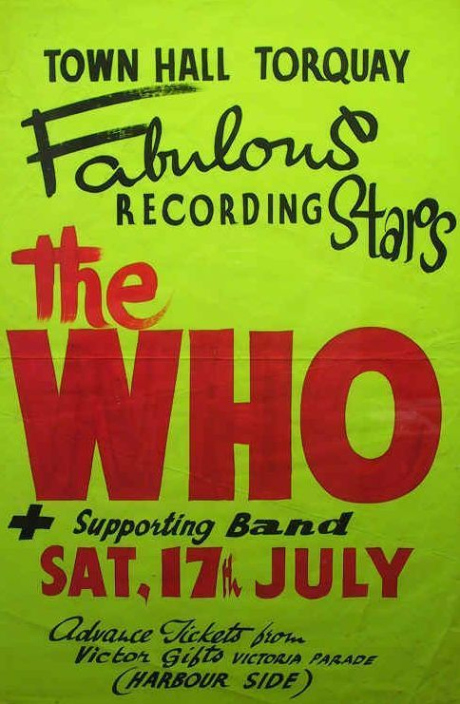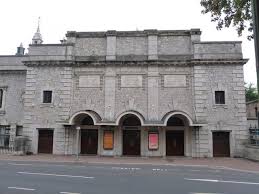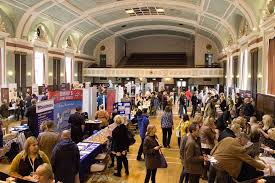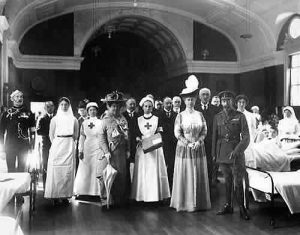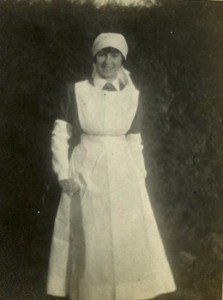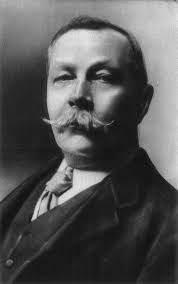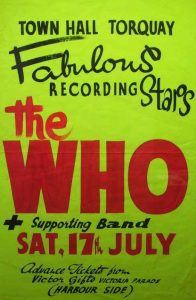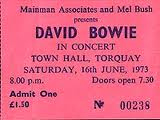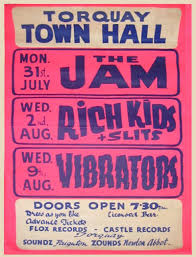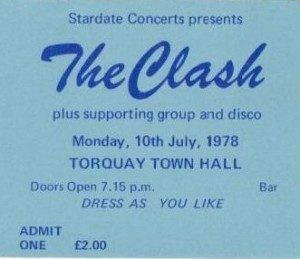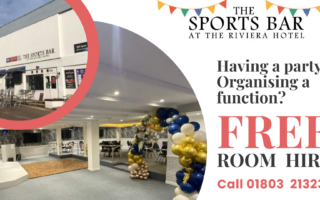Even in a mostly secular Torbay there are still sacred locations – places that are steeped in history and culture. One is Torquay Town Hall which has changed its uses as our town and nation has evolved. It’s seen wounded and dying servicemen, royal visits, religious services, voted counted, exhibitions mounted, political speeches made, wrestlers grappling, almost every British band, and, of course, “over 90 stalls selling Quality Second hand goods”.
Torquay Town Hall is a grade II listed building that was constructed in two phases. The first phase was the Carnegie Public Library (1906-7), and the second the Town Hall itself (1910-11). English renaissance in style, the block of buildings was erected at a cost of £30,000 with local materials from the quarries at Barton, Beer, Ipplepen and Ashburton used almost entirely. Both were designed by the same architect, Thomas Davison of London. It was actually opened in August 1913, the foundation stone having been laid two years before. It’s the grand hall we’re interested in here, capable of seating 1,200 with an additional 300 in the gallery.
A year after its opening, in August 1914 the Town Hall was placed at the disposal of the Red Cross Society and became one of our town’s five war hospitals. It opened with 50 beds and welcomed the first convoy of wounded on 21 October when a hospital train arrived at Torre Station with eight British officers and 40 men from France. More badly injured British soldiers from the campaigns in France, Flanders and Gallipoli subsequently arrived at the hospital, followed by wounded from the New Zealand Expeditionary Force. In September 1915 King George and Queen Mary visited (pictured above). It was reported at the time, “On the 10th they arrived in Torquay with Lord Stamfordham, Commander Sir Charles Cust, Bt. , Royal Naval Equerry, and Major R. H. Seymour, Military Equerry, and were received at Torquay Station by the Mayor, Councillor T. Towell and the Mayoress with the Town Clerk. The party then drove to the Town Hall via the seafront, Kings Drive, and Falkland Avenue. At the entrance to the Town Hall was stationed a guard of honour of the St John’s Ambulance Brigade. Their Majesties remained in the hospital three quarters of an hour and spoke to each of the 200 soldiers there.”
Famously Agatha Christie served as a nurse in the Town Hall and started work in October 1914. According to her Red Cross service record she gave 3,400 hours. She also worked in the hospital’s dispensary where she leaned about poisons – in 1917 she took the Apothecaries Hall exam – a knowledge that would be very useful in her later career.
Pictured above is another nurse who served in the Town Hall, the poet Alberta Vickridge (1890-1963). Her poem about the loss of life she witnessed while a nurse there remains one of the best known of the Great War:
“The ward is strangely hushed today;
The morning nurses, sober-eyed,
Recall the screened space, where, they say,
At midnight Number Twenty died.
So many weeks of weary hours
He lay and heard our busy tread,
As patient as the wistful flowers
That spent their fragrance near his bed –
So oft we saw, in passing by,
His questing glance, his dreadful face,
We shall regard resentfully
The stranger that must fill his place…”
The Town Hall was also on the front line in the competition for souls during the twentieth century. Occult Torquay was home to a thriving Spiritualist community and on August 5 1920 Arthur Conan Doyle (pictured below) gave a lecture entitled ‘Death and the Hereafter’ to a mainly female audience. Spiritualists were seen as new pretenders challenging the religious certainties of the Bay and Conan Doyle was to complain that the bells of Upton Church opposite were continually being rung to disrupt his speech.
Alongside the traditional political rallies and meetings held in the Town Hall, new movements used the respectability of the venue to try and establish themselves in the Bay. In October 1936 Oswald Mosley’s British Union of Fascists held a public meeting there. Over a hundred people heard the Blackshirt’s Organiser Lt Col HE Crocker inform the audience of how, “Fascists were true patriots and lived up to their mottoes, chief of which was Britain for the Britons.” The Lt Col then moved on to the topic of Press freedom and how the Hitler-lovers weren’t going to have any of that kind of nonsense: “The Blackshirts would not tolerate the licence extended today to the rag publications of the political left, with their scurrilous cartoons and libels on the Royal Family. The Press will be required to tell the truth. There would be a law of libel against the state.” Most local folk ignored the new rabble-rousers and they quickly faded away, or were jailed when war came in 1939.
But it was the performers who strutted that tiny stage that most of us remember best- Jagger, Daltry, Bowie, Barrett, Strummer, Weller, and so many more. How many of them criticised the notoriously poor acoustics of the Hall?
Continuing Torquay’s Occult history in 1973 David Bowie played a matinee and evening show on the same day in the Hall. Here on WASD, we’ve mentioned Bowie’s involvement in occult and esoteric ideas associated with Torquay.
In August 1964 it was the turn of The Rolling Stones (pictured below). For five days the Stones used the Grand Hotel as a base while they performed theatre concerts every day across the South West, including Weymouth, Weston-super-Mare, Exeter, Plymouth, and then the Town Hall. Originally, they were going to stay at the Queens Hotel but, on police advice, this was changed to The Grand. The idea was that a hotel further from the town centre could be kept secret from fans. This worked until the last concert at the Town Hall, where security had been provided by “burly boxers” from the Torbay Amateur Boxing Club. Oddly, Torquay was the only town on the whole tour where seats were left unsold.
While at the Grand, Mick Jagger told the Torquay Times that Torquay was “a great town. But I shouldn’t think there’s much to do in the winter”.
But times move on and in the 1980s the grand old lady of Castle Circus was replaced by a concrete newcomer. No longer would it be the focus for events, elections, and concerts. It was announced that, “Torbay Council, working with the Tourism Industry in the late 70s / early 80s, saw an opportunity to extend the 10-week holiday season by promoting conferences and events. The main venues at the time were the Town Hall, the Princess Theatre and the Festival Theatre. These facilities failed to meet the expectations of delegates and conference organisers in comparison with other venues which were being developed, such as the Harrogate International Conference Centre. A working group of leading hoteliers and councillors formed to explore different options.”
It was decided that Torquay needed a modern conference venue to be known as the English Riviera Centre. It was to be constructed on the former site of the Rosetor and Roselea hotels which had fallen into disuse in the 1970s. Built between 1984-87, the project cost approximately £15 million and was partly funded by a European grant of £3 million. Before its construction local residents were assured it would be a money-maker for the town – the subsidy for the renamed RICC was £949,000 in 2011/12, but has now fallen to £395,000 in 2016/17.
So the focus shifted away from Castle Circus and the old Town Hall lost many of its traditional occupants and functions. No longer would a succession of Oxford brogues, winkle pickers, blue suede shoes, hippie sandals or Dr. Martens tread those worn wooden floors.
But it’s still there, sadly faded and largely forgotten. But that’s enough of metaphors…
Sadly, there doesn’t seem to have been much filming of bands playing at the Town Hall. There is some, however, so here’s All Living Fear supporting The Damned on December 4th 2003… Oh, those acoustics!

.
You can join us on our social media pages, follow us on Facebook or Twitter and keep up to date with whats going on in South Devon.
Got a news story, blog or press release that you’d like to share or want to advertise with us? Contact us


